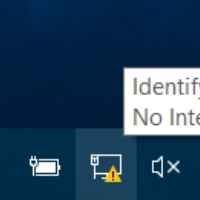By Anand Khanse for The Windows Club
Everything You Need to Know About Windows Temporary Files
We have already seen the nature of some temporary files like Temporary Internet Files, Index.dat file, Cookies and Prefetch Files. In this article we shall have a look at a few aspects of the Windows Temporary Files, which your computer creates, during the course of its normal running.
What are Temporary Files in Windows
Temporary Files in Windows are those files whose use is only temporary and become redundant once the task in hand is completed. Such temporary file are created to hold data temporarily while a file is being created or processed or used.
Why are Temporary Files created
Windows Temporary files are created by the operating system during the normal course of its running when there may not be enough memory allocated for the task.
Software which use large amounts of data like Graphics, Video or Media editing software also create temporary files. Such created temporary files are more often than not, left behind even when the task is over, leading to their wasting disk space.
Temporary Files are also created for backup purposes, by programs. For instance, Microsoft Office saves a Temporary File of the open document every few minutes. If you save the document and exit, the Temporary File gets deleted. If the program crashes unexpectedly, the Temporary File is not deleted. They can thus be useful to help recover lost data if the program or the system crashes.
Ideally, the Temporary Files should get deleted once the program exits. But this is not always the case, leading to wasted disk space.
Where Are Temporary Files Found–Article continued here
This excerpt appears with the permission of The Windows Club.



